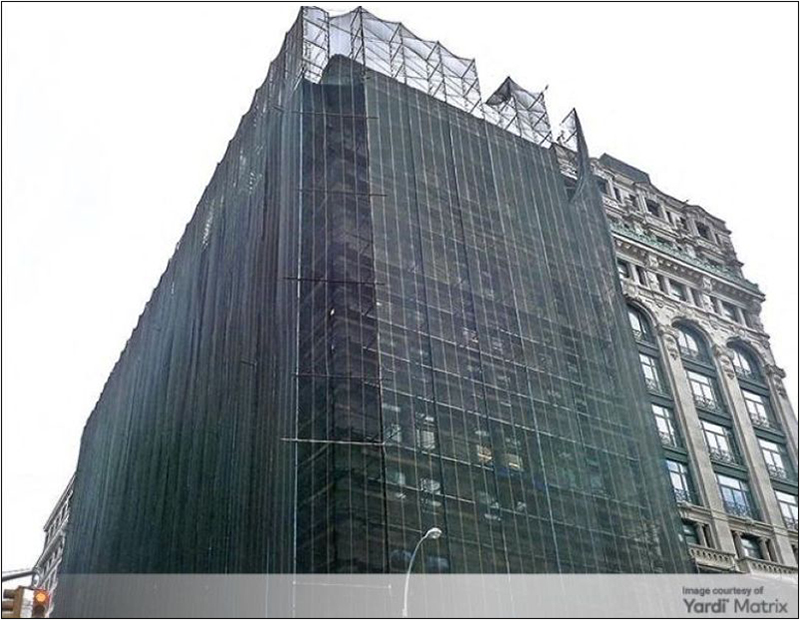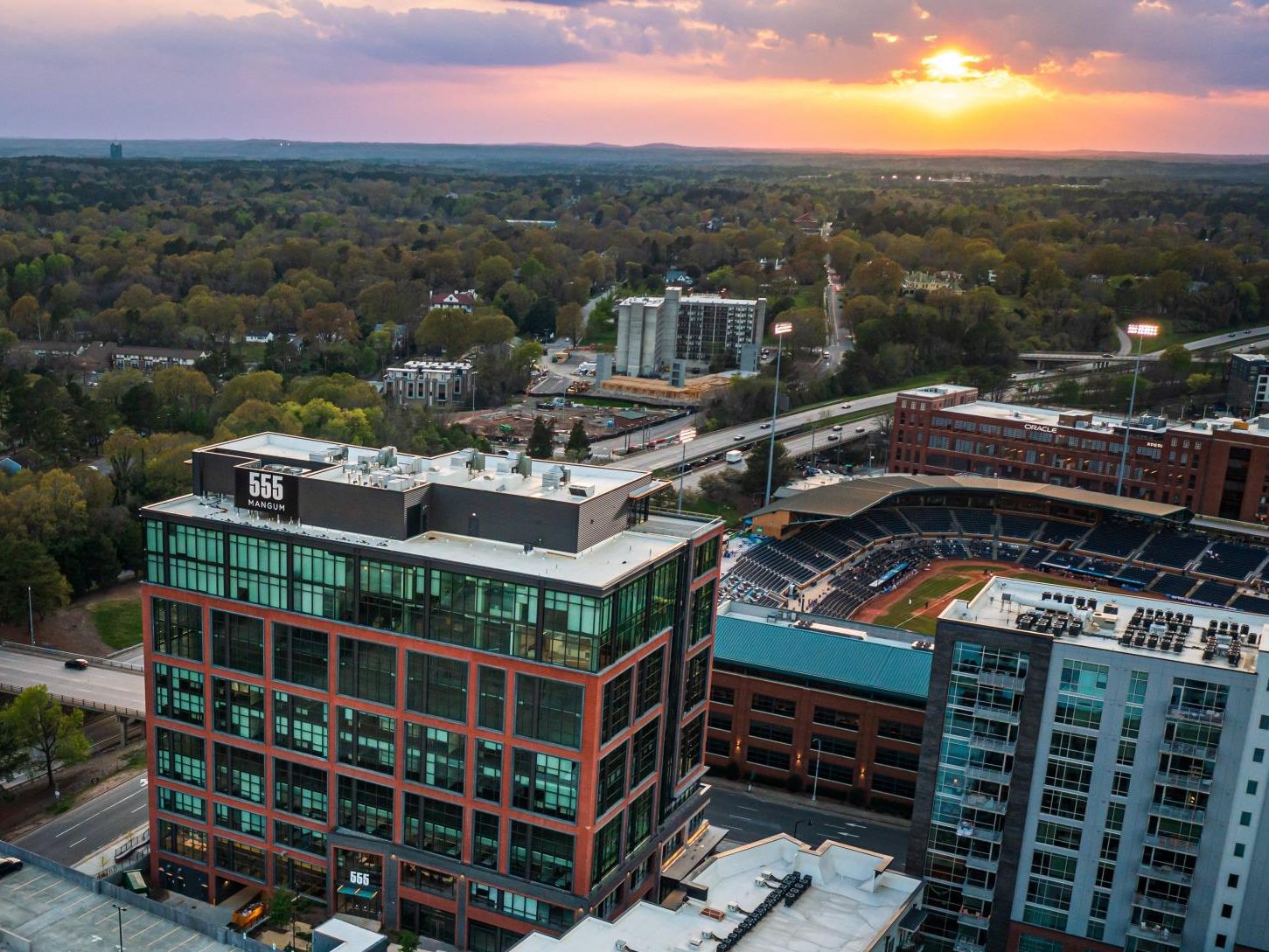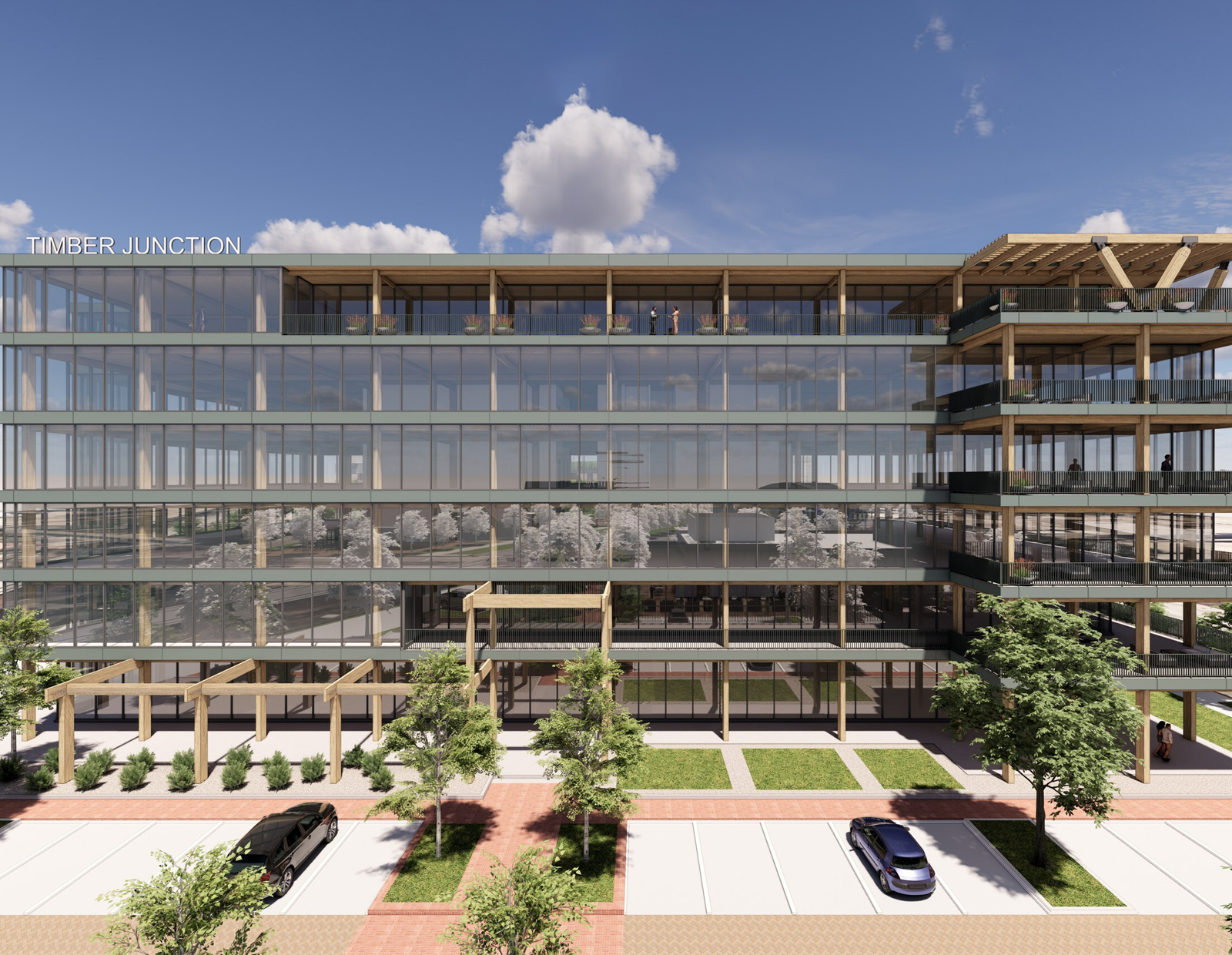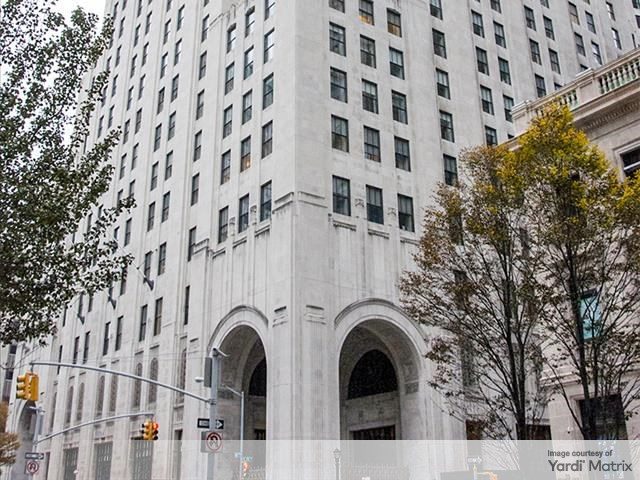Economy Watch: Beige Book Describes Modest Recovery
The Federal Reserve’s most recent Summary of Commentary on Current Economic Conditions, better known as the Beige Book, wasn’t exactly cheerful about the state of the U.S. economy toward the end of annus horribilis 2009. But it wasn’t precisely pessimistic either.
By: Dees Stribling, Contributing Editor
The Federal Reserve’s most recent Summary of Commentary on Current Economic Conditions, better known as the Beige Book, wasn’t exactly cheerful about the state of the U.S. economy toward the end of annus horribilis 2009. But it wasn’t precisely pessimistic either.
Mostly the report seemed to shrug its shoulders to indicate that things could be worse. “Leading the more positive sector reports among Districts were residential real estate and manufacturing, both of which continued a pattern of improvement that emerged over the summer,” it noted. “Reports on consumer spending and nonfinancial services were mixed.”
Then there was that lagging indicator, the long-suffering commercial real estate sector. According to the Fed, “Commercial real estate was reported to be one of the weakest sectors… an inability to obtain credit was often cited as a problem for businesses that wanted to purchase or build space. High vacancy rates were noted as a key concern especially for landlords who were not offering concessions.”
The takeaway from that could be that landlords better get busy and start offering concessions to attract those few tenants looking to move or even expand.
The Curse of Block 37 Abides
The parcel of land in downtown Chicago known as Block 37 has a checkered history, to say the least. To say the most, the land seems positively cursed, resisting all development efforts for most of the last 20 years – either because of sudden turns in the economy, poorly thought-out development plans, or some ill-starred combination of the two. It’s not quite in the same league as the Curse of the Billy Goat, which has supposedly has kept the Cubs from playing a World Series game since 1945, but it’s close.
About two years ago, the curse of Block 37 was supposed to be over. Ground was broken and a mixed-used project started, with the first parts of the project to open in late 2009. The office space portion of the development did, in fact, open earlier this year.
Early this week, however, Bank of America and other lenders on the development moved to foreclose on its retail and transit portions. The banks say that developer Joseph Freed and Associates L.L.C. don’t have the money to keep servicing the loans. The developer says this is nonsense.
Legal wrangling could thus be protracted; there’s some danger that the stores might not open, or open late; and for real estate journalists, Block 37 continues to be the story that keeps on giving.
New Resorts Tough It Out
The recession has been particularly hard on the hospitality industry, especially because of the decline in business travel. Not only has that decline hurt standard hotel occupancies and revenues, but also those of resorts, who saw their income from meetings and events shrivel.
Yet the resort industry hasn’t given up the ghost. Instead, major players are making long-term plans in hopes of better years ahead. Some properties have opened since the meltdown and others are still under development, even as the economy remains more than a little sluggish.
“It has been a slow year, especially because business travel has slowed,” Valeriano Antonioli, managing director of InterContinental Montelucia Resort & Spa in Paradise Valley, Ariz., told CPE. The resort has been open about a year.
“Yet in the long run, a world-class resort offering the amenities that both business and pleasure travelers want will have staying power,” he continued. The 34-acre Montelucia includes 253 rooms and 40 suites–including two presidential suites, one of which has already seen President Obama as a guest—along with 34 detached, single-family villas, six restaurants and venues, a private wedding chapel, a 31,000-square foot spa and salon, five pools, and more than 27,000 square feet of meeting and event space.
It also helps to be more than a generic resort, Antonioli added. The Montelucia , for one, strives to distinguish itself through a number design elements, such as its restaurant Prado, which was inspired by Michelangelo’s Villa San Michele in Tuscany, and the wedding chapel, Castillo Lucena, which takes its cue from the ballroom at Hotel Cipriani in Venice. The resort also sports Spanish-inspired courtyards and antiquities from Spain.
Wall Street had an up day most of Wednesday, but took a sudden dive right before the end of the trading day. The Dow Jones Industrial Average dropped 92.12 points, or 0.92 percent; the S&P 500 lost 0.89 percent; and the Nasdaq saw a 0.59 percent downward movement.






